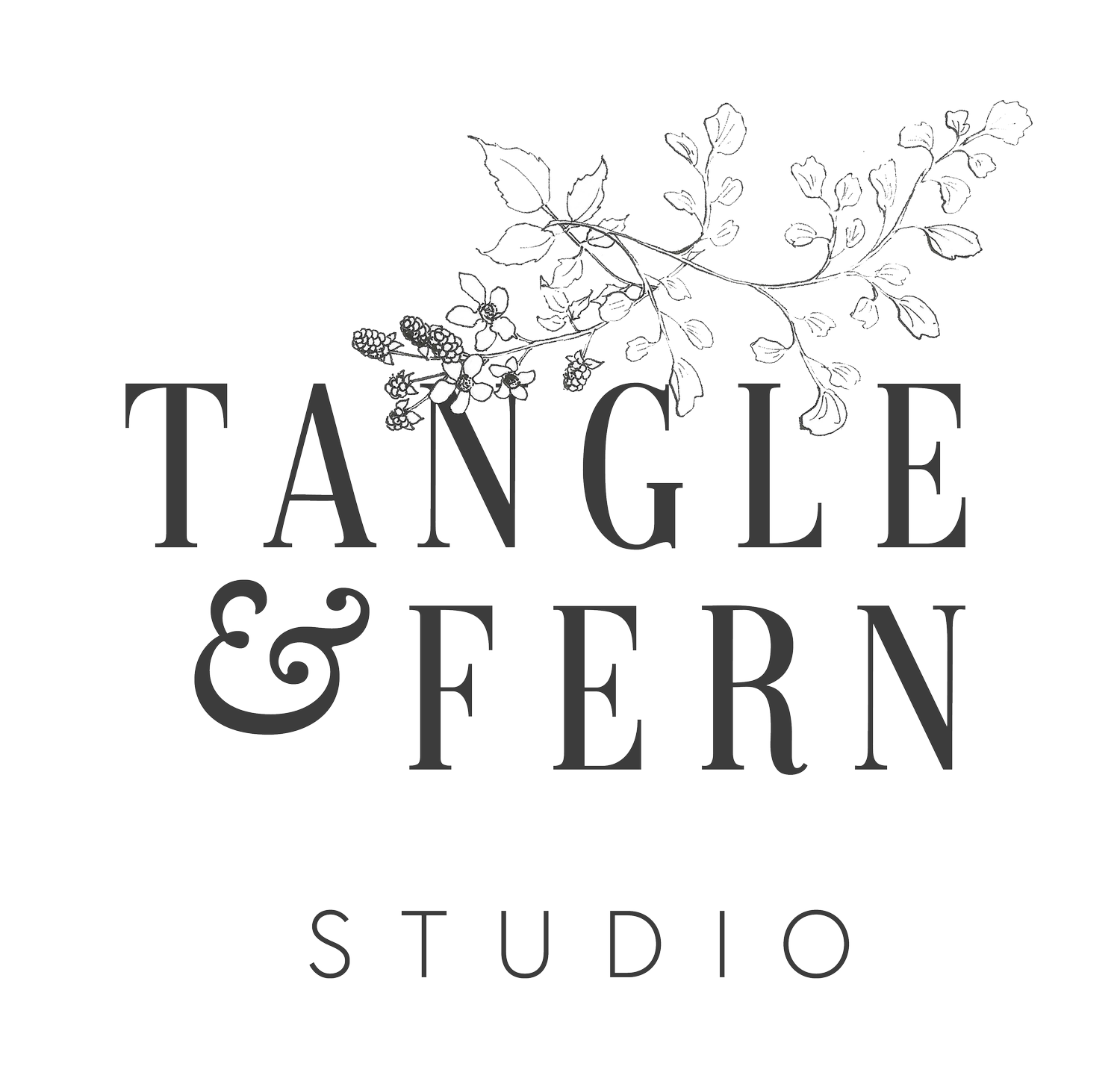
COURSE MENU
Links will become clickable as each new lesson is released.
Lesson 3: Emotions & style
How do you want to make people feel?
If you take nothing else from this course, I want you to remember the simple truth that branding is about how you make people feel. When people interact with you (your brand), how do you want them to feel? Empowered? Happy? Smart? Beautiful? Safe? Understood? Connected? Youthful? Powerful? There’s a complex science behind every memorable brand, and a good portion of that goes into creating logos, colours, imagery, typography and language that all work together to clearly and consistently convey one feeling.
Apple wants you to feel that you are part of something, that being an Apple user makes you part of a lifestyle choice, not just the owner of a device. Coca Cola wants you to associate its brand with happiness and summer-time. WWF wants you to feel saddened and outraged over climate change and animal mistreatment. Nike wants you to feel inspired and galvanised to become a high achiever. Now it’s your turn. How do you want your audience to feel?
“Your brand is it’s own mood—it’s the mood your ideal client craves in creative moments, or quiet moments, or getting-dressed-to-go-out moments.”
— Courtney Paige Ray
Action station
Now that you’ve read through this lesson, work your way through each of the activities below. Be sure to approach them in order, as one will build upon the next. You have all week to complete these activities so don’t feel the need to rush: sometimes it’s better to let these questions marinate so you can get to the truth of the matter.
Reminder:
Continue social listening
There’s no bonus lesson this week, just a reminder to continue the process of social listening that you started last week. Print out new sheets from the forms I gave you last week if you need them, and fill them in again.
To build on this work, if you already have an existing audience (but only if that audience at least partially represents your ideal audience), try asking them some simple questions relating to what you do.
Ask them, for example, what they wish they had, knew or could access in relation to what you do. And ask them what is the greatest challenge or hurdle that is stopping them from being able to have, do or access that thing.
You could ask these questions in your newsletter, on social media, or even on a feedback form if you have a face-to-face shop or services.
The answers you receive will provide you with valuable insights as to what it is that your “right people” are looking for, and how you can serve them.





